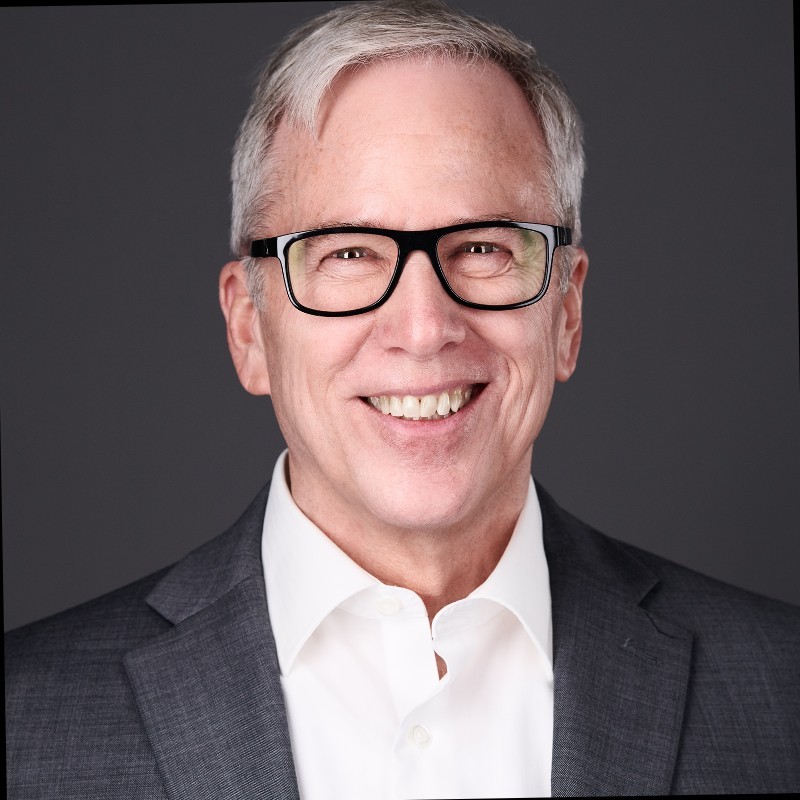Reverse mortgages are “expensive” loans, according to financial advisors. But how much does that play into the situations of retirees who have a cash flow problem that could be solved by one?
That is a question Steve Resch, VP of retirement strategies at Finance of America Reverse (FAR) answers in a new piece published by The Street.
“[D]espite increasing attention by personal finance and senior-focused media on leveraging this largely untapped resource for retirement, the adoption of reverse mortgages is still stuck around 2% of eligible seniors,” Resch told the news outlet. “One possible reason for this underwhelming number is that they are often considered too expensive, but the question to examine is: relative to what?”

No financial product is free, Resch pointed out. Consumers pay premiums for stock market commissions, insurance and management fees in addition to taxes for things like investments, retirement plan distributions and asset sales.
Costs also accompany more common home-equity-tapping products, including home equity lines of credit (HELOCs) and cash-out mortgage refinances.
Both have upfront costs and ongoing monthly payments, but reverse mortgage products appear to be more heavily scrutinized on a cost basis without required monthly payments.
“The reverse mortgage, as with any other mortgage, also has initial costs,” Resch said. “To consider whether it could be a good fit for your client’s retirement, you need to know whether the value it brings can exceed the costs and expenses associated with this product.”
Reverse mortgages are complex, but that fact should not automatically invalidate them from consideration. If the economic benefit for a client can be realized especially in comparison to other home equity mortgage products, advisors would assist their clients, he explained.
The lack of a required monthly principal or interest payment could benefit borrowers, but interest and fees are added to the loan balance, which grows monthly. That is a key difference potential borrowers need to understand, Resch said.
But the real value opportunity of a reverse mortgage comes from potential access to home equity throughout the life of the loan in retirement with a HECM line of credit, he explained.
“This option provides cash when needed but, unlike a traditional HELOC, the HECM line of credit can never be reduced, withdrawn or frozen, regardless of what happens to the value of the property, the stock market or any other extraneous events, provided the borrower continues to comply with all loan terms — paying property taxes, insurance and maintaining the property,” he told The Street.
Theoretically, if a home’s value drops to $0 with a HECM line of credit in place, the credit line itself would remain unaffected, Resch said. There is also an option to plan for tax optimization, managing sequence of returns risk for investors if the market slides, using line of credit proceeds to delay taking Social Security benefits until age 70 and self-insuring, long-term care risk.
“When it comes to reverse mortgages, despite the cost to put one in place, when we consider the liquidity, options and flexibility they can bring to a long-term retirement plan, they are truly a value play that should be considered,” Resch said.





